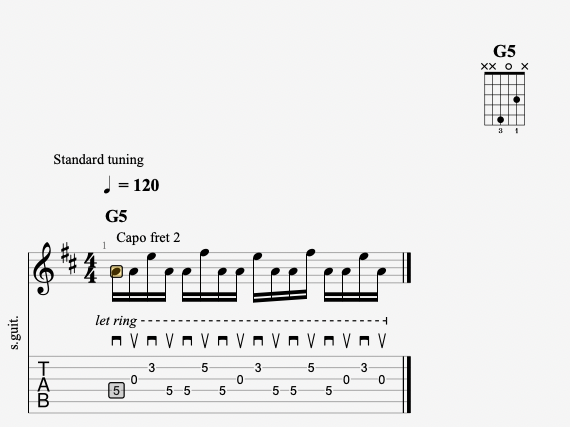Hi Johan! To add to what @Tommo has said, which I agree with, regardless of whether or not this is technically “stringhopping”, it doesn’t look completely smooth to me and there are some basic things we can address.
It looks like you’re trying to use wrist motion here, in which case the forearm rotation isn’t necessary, which is what is causing the hand to flip-flop its orientation around sort of like a fish. Nor is the elbow motion component, where the forearm moves side to side like a windshield wiper. Instead, the arm should remain completely stationary from the wrist the shoulder, and only the hand should move back and forth, with no feeling of tension, effort, or bouncyness. You may not be aware you’re doing this, so just place the arm on the guitar and tell yourself that everything above the wrist is dead. Not frozen or locked, just resting and not involved. If you see it move, stop and try again.
And you should be able to do this 150bpm or faster. You may need to sacrifice some accuracy to get that. And the accuracy here is great. You’re not playing the pattern you thought, but the one you are playing, you are playing correctly. So don’t worry too much about that. You want a light effortless feeling of moving only sideways, with no up and down bouncy motion. It’s ok if you hit wrong notes or miss notes. Try that and film it, and see what it looks like.
I would also note that the best way to get this technique is to use it on a wide variety of patterns. Don’t think of this as “crosspicking”. Think of it very generally as wrist technique, where the hand does the motion, moving effortlessly sideways and skating low and flat over the strings. Any line you play, play it with this technique and look for that fast tension-free feeling, with sloppiness if necessary. When you have that, slow it down a little and see if you can get a few more notes right.
Keep us posted.







